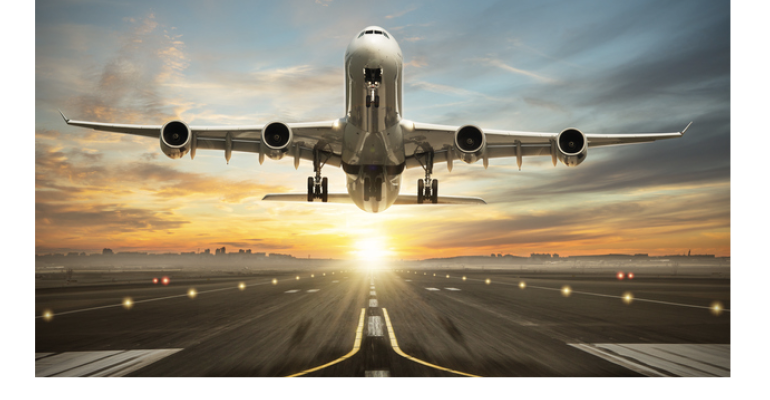With air travel responsible for 70 percent or more of an in-person meeting’s carbon-dioxide emissions and about five percent of global greenhouse gases, meeting hosts who prioritize sustainability need to consider more local, regional, and virtual meeting options. But, of course, fly-in meetings will likely remain the norm, making it difficult for planners to make substantial impacts on their CO2 bottom line.
One bit of good news, though, is the rise of sustainable aviation fuel (SAF), which can reduce carbon and other greenhouse-gas emissions in air travel by 50 to 80 percent, according to the U.S. Environmental Agency. SAF is a mixture of soybeans and other crops, non-palm cooking oil, and solid waste generated from wood, livestock feed, and humans. The fact that SAF can be blended with petroleum-based jet fuel makes it an immediate way to mitigate air-travel emissions, while battery and hydrogen-cell technology are still many years off from being viable for air travel beyond 100 miles.
The Sustainable Aviation Fuel Grand Challenge announced by the Biden administration in September 2022 outlines a governmental strategy for scaling up SAF production for U.S. airlines. The administration has promised $4 billion to support SAF projects and producers in the coming years.
The Energy Department and other federal agencies have set a goal of producing 3 billion gallons of SAF per year by 2030 and 35 billion gallons by 2050, which would meet most of the expected demand for aviation fuel at that time. In addition, the European Union promotes increased production through a recent mandate that SAF make up two percent of aviation fuel at EU airports by 2025 and five percent by 2030.
In 2022, U.S. airlines used 18 million gallons of SAF. And while that is just 0.1 percent of the 18 billion gallons of fuel used each year by U.S. airlines, energy-industry analysts predict that renewable fuels will be significantly more economical to produce by 2030 and comprise 20 to 30 percent of all aviation fuel by 2050.
At the moment, United Airlines is the domestic carrier using the most SAF; it will purchase about 3.4 million gallons in 2023 and has advance orders for 3 billion more gallons over the next several years. Also, Delta plans to purchase at least 75 million gallons of corn-based SAF each year so that it comprises 10 percent of the fuel Delta uses by 2030.
But because SAF currently costs roughly three times more to produce than petroleum-based fuel, U.S. airlines are looking for ways to engage air travelers in cost sharing for SAF. For instance, United is giving customers the option to contribute to its SAF Fund—$1, $3.50, or $7—with each ticket purchase. United says that if every passenger contributed $3.50 over the course of a year, it could build a refinery that would triple the present supply of SAF.
-------
A round-trip flight between New York and London or New York and San Francisco generates roughly 1.5 metric tons of carbon dioxide equivalent per passenger when using petroleum-based aviation fuel. To see how much carbon emission comes from flights between any two U.S. destinations, check out this flight calculator.





